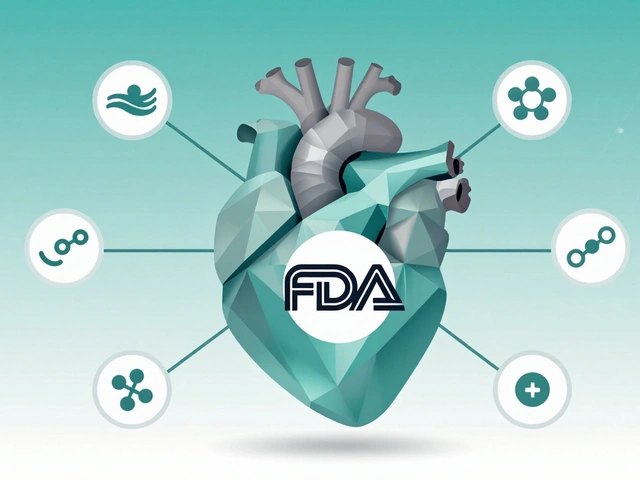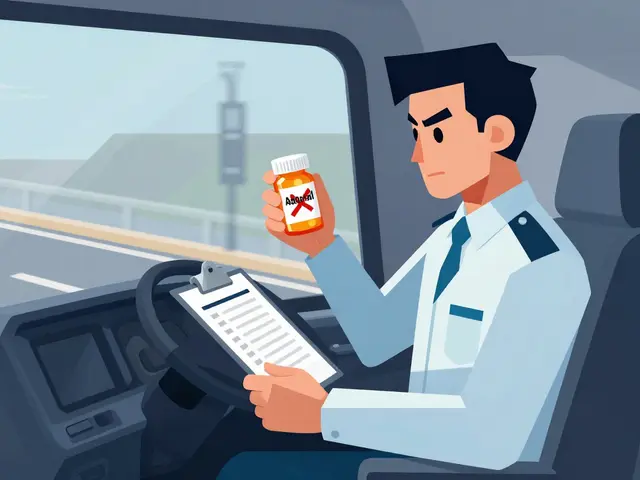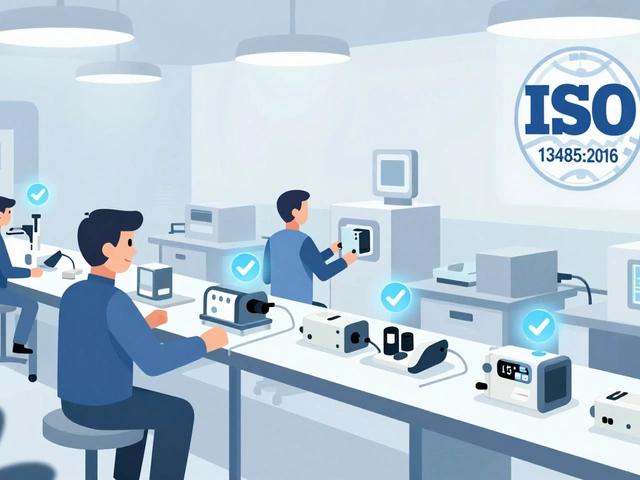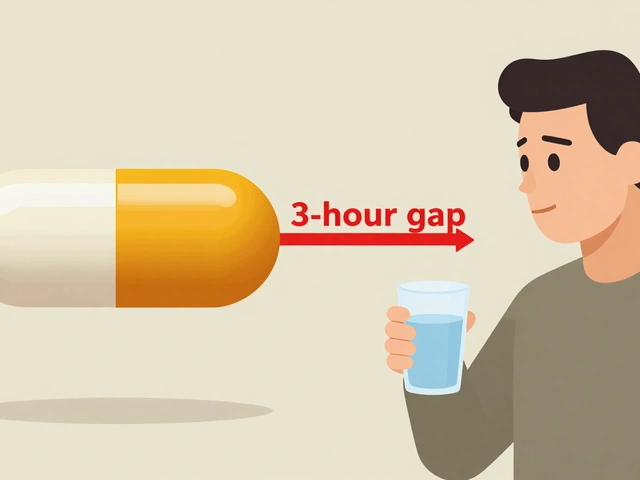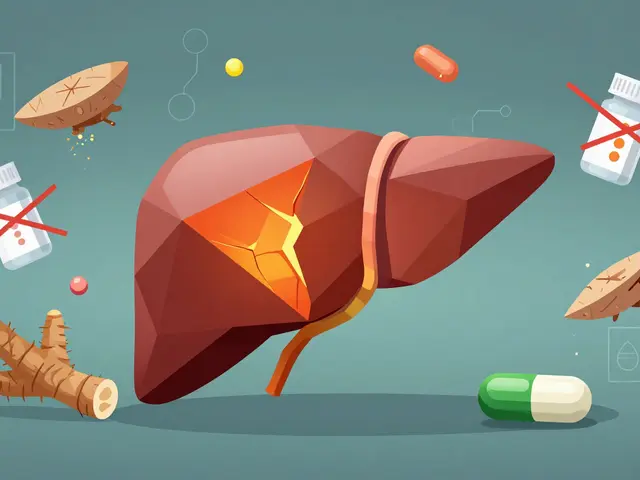Medication identification: how to identify pills, packaging and online sources
Found a pill in your medicine cabinet or saw an unfamiliar tablet in a bottle? Identifying medication fast matters. This page gives clear, practical steps you can use right away: check imprints, compare packaging, use trusted online databases, and when to ask a pharmacist or doctor.
Quick ID steps you can do now
Look for the pill’s imprint — letters, numbers, or a logo. Note shape, color, and any score lines. Check the original bottle or blister for the drug name, strength, and expiration date. If the pill is loose with no packaging, don’t guess. Take a clear photo and keep the pill separate until you verify it.
Use a trusted online pill identifier like Drugs.com or DailyMed. Enter the imprint, color, and shape — those tools match pills to official labels. Cross-check results with two sources. If the results disagree or nothing matches, stop using the pill and get help.
Verify packaging and online pharmacies
Packaging tells you a lot: a real pharmacy label has patient name, prescriber, drug name, dosage, and pharmacy contact info. For online pharmacies, look for verification seals (like NABP/VIPPS in the U.S.) and a clear, working phone number. Avoid sites that sell prescription-only drugs without a prescription or use pushy ads and low prices that seem too good to be true.
When buying medicine online, check reviews and read the return/refund and privacy policies. Compare the drug’s generic name and strength with what your doctor prescribed. If an online seller provides no verifiable address or expects payment only by wire transfer or crypto, walk away.
Spotting fakes: inconsistent imprint fonts, blurry packaging, wrong spelling on labels, odd pill color, or a taste/smell that seems off are red flags. Counterfeit meds can look very similar to real ones, so always double-check with a pharmacist if anything feels wrong.
When to call a professional: if you can’t confidently match the pill to a trusted source, if the medication was mixed in with others, or if the medicine is a critical drug (heart, seizure, immunosuppressant). Pharmacists can often identify pills by sight or by checking pharmacy records. Your prescriber can confirm whether the drug and dose fit your treatment plan.
Record-keeping tip: keep a simple list or photo log of your prescriptions with dates, doses, and prescriber names. That makes future identification easy and helps in emergencies.
Want more help? Browse our related guides on identifying brands and safe online buying, or use the site search for a drug name. If you ever doubt a medication, trust your instincts and ask a pharmacist — it’s the safest move.
In recent years, ovulation tests have become an important tool for women trying to identify early signs of menopause. These tests work by detecting the surge in luteinizing hormone (LH) that occurs just before ovulation, which can be an indicator of diminishing ovarian reserves. As I've learned, early menopause can have significant consequences for a woman's health, so being aware of any changes in our bodies is crucial. By using ovulation tests, we can potentially spot signs of early menopause and seek medical advice sooner. This proactive approach can help us better understand and manage our reproductive health.
Continue reading...


